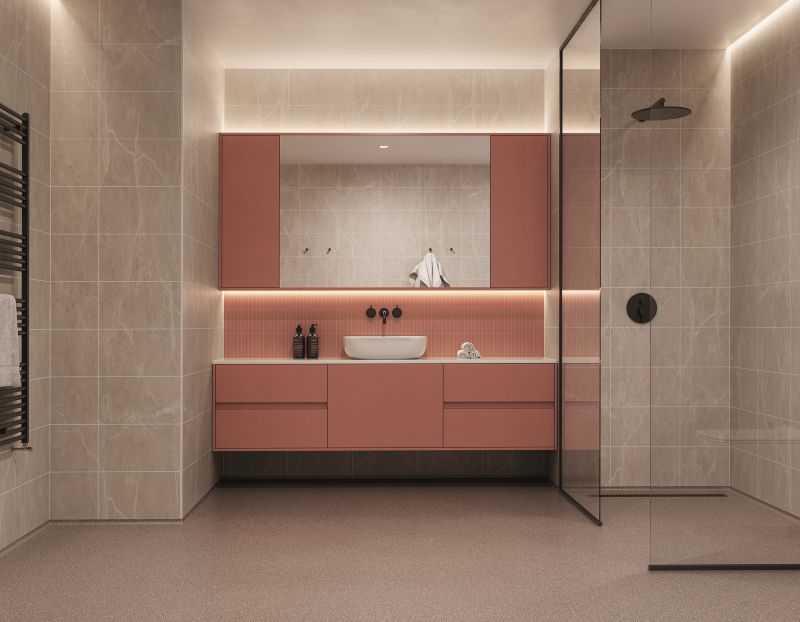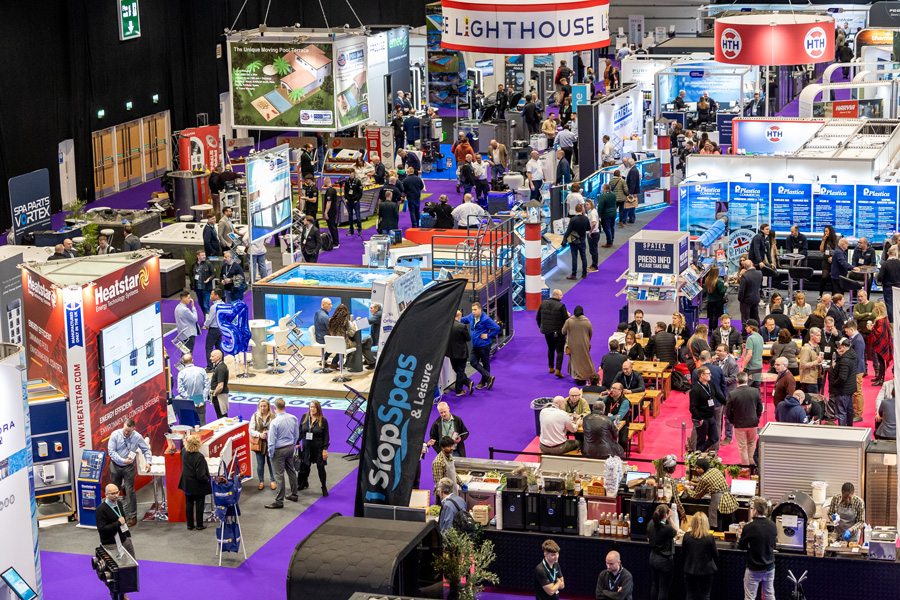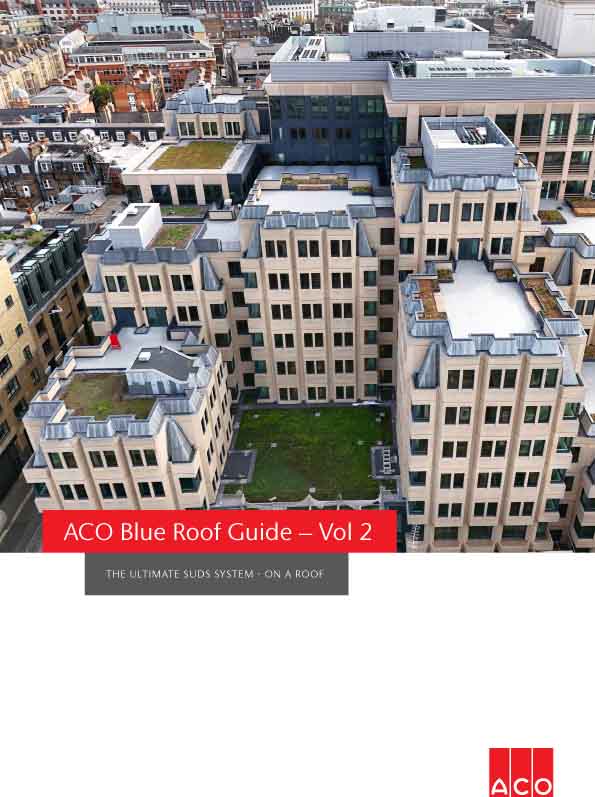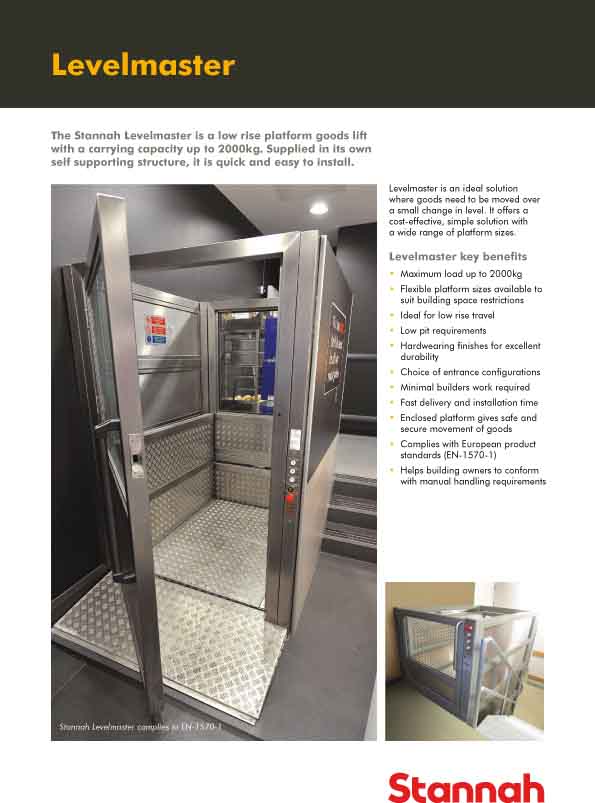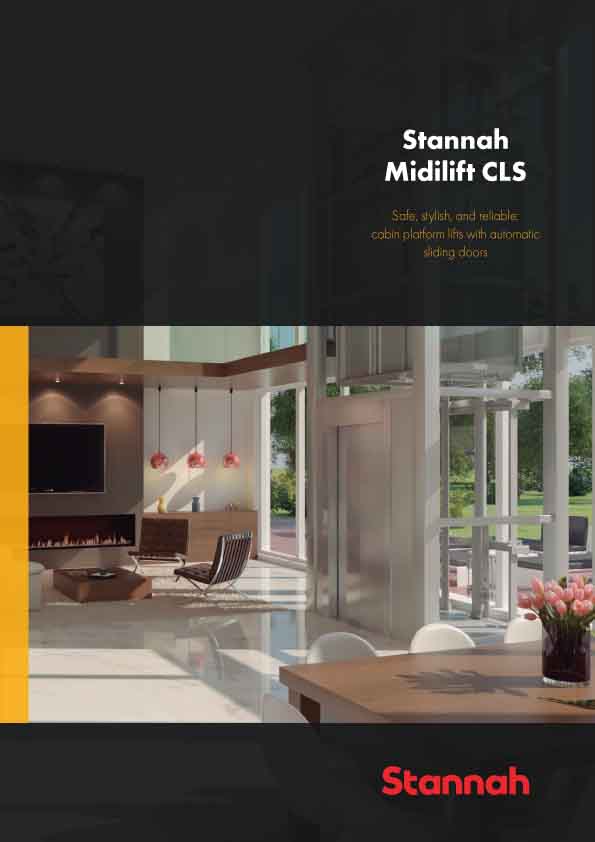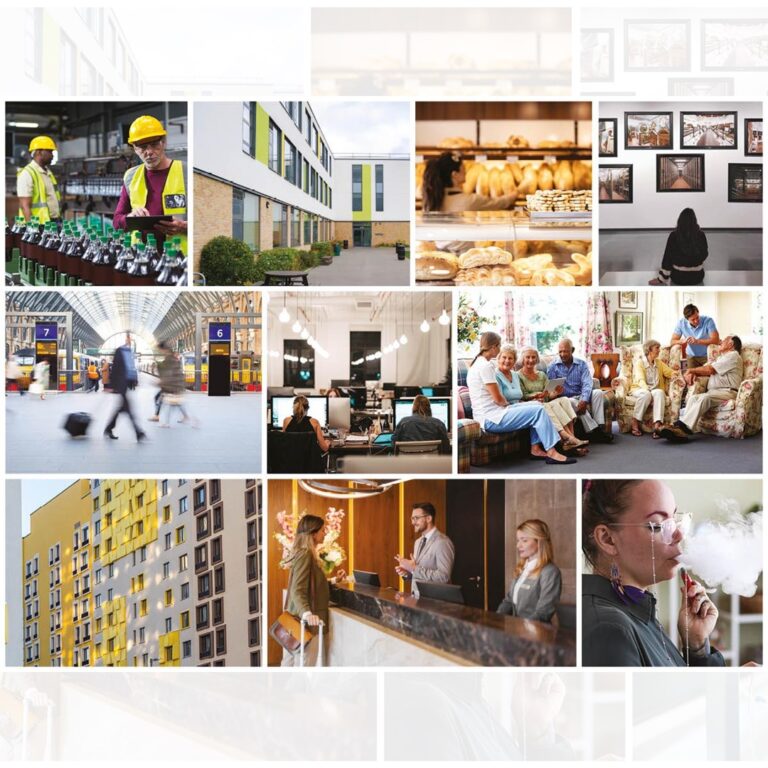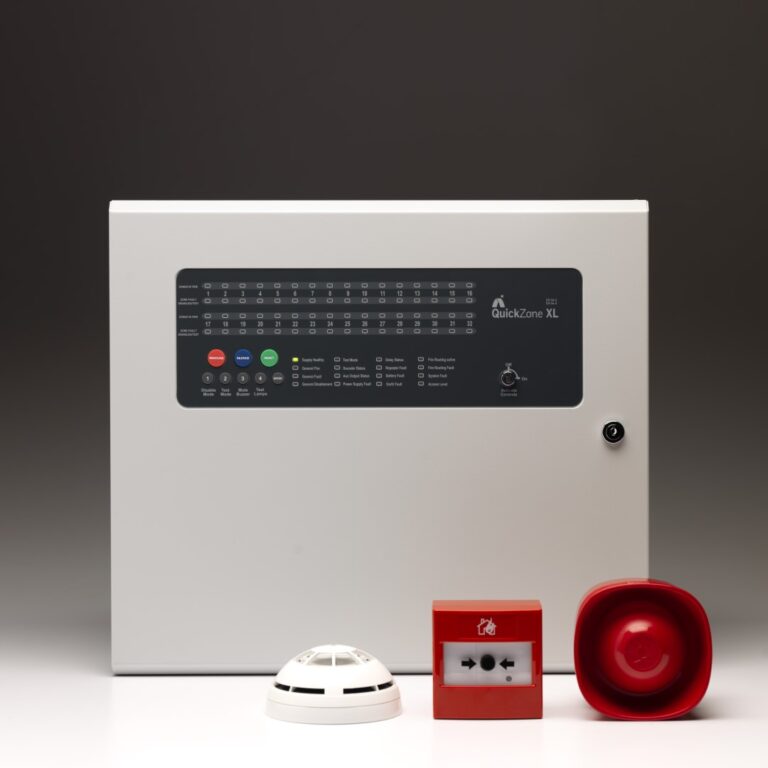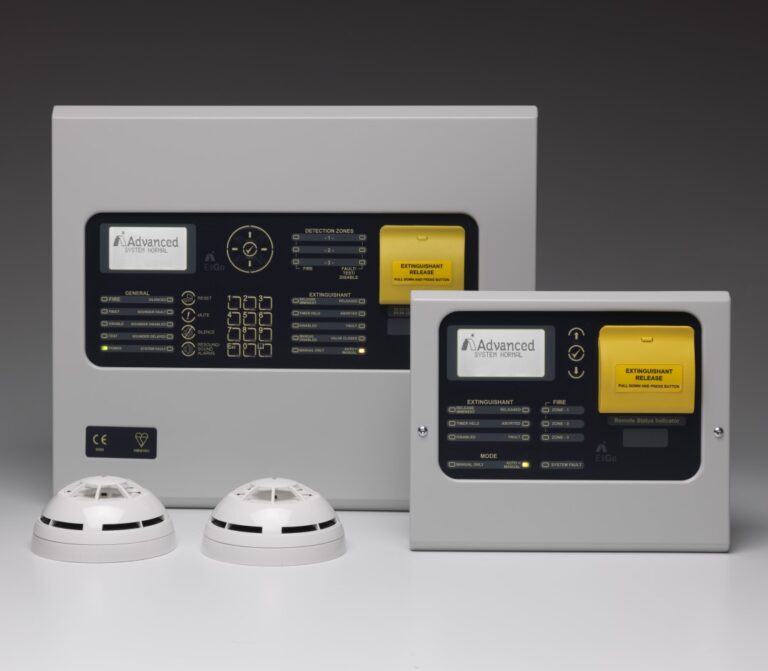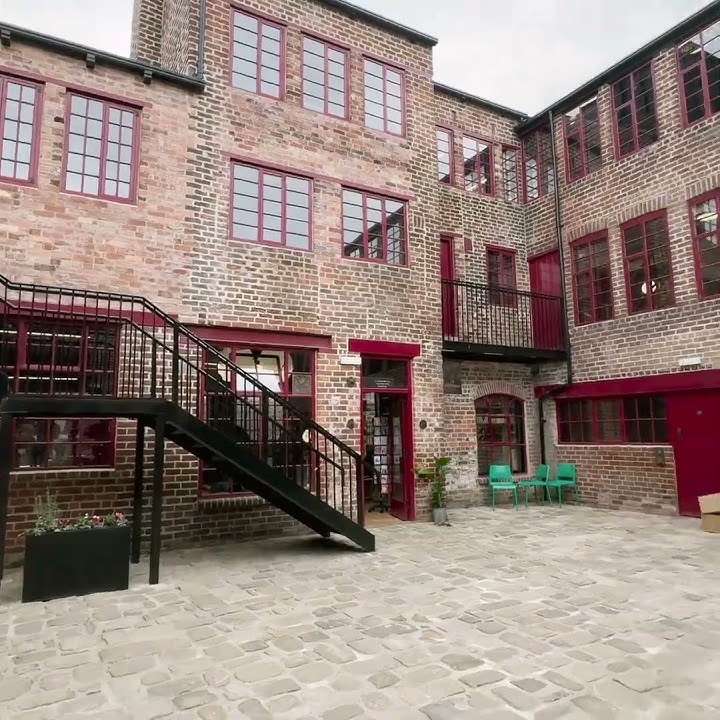As energy prices continue to rise, businesses are increasingly being forced to rethink their approach to energy management. Nowhere is this energy saving imperative more evident than in the energy-hungry leisure sector, where the demand for well heated, comfortable premises, necessitates increased energy expenditure.
While there is a misconception that energy management systems are only required by large, multi-site premises, there are solutions to suit every business and every budget. The three most common areas of energy wastage that leisure managers should consider tackling are water usage, lighting inefficiencies and environmental management, which can all be balanced against customer comfort and requirements.
Leisure complexes inevitably use a massive amount of water, because they face continual demand from guest rooms, kitchens and leisure facilities. Dripping taps or leaking faucets are an all-too-common area of water wastage. Installing automatic meter reading and water leak detection systems are a great way to monitor and avoid such losses as systems automatically alert on exception the leisure manager to the need for instant repair and/or investigation.
A potential water usage reduction of between 30 and 60 per cent can easily be achieved by replacing traditional taps with pressure sensitive or sensor controlled models that minimise water flow when facilities are not in use. Fitting sensor controls to urinals and cistern bags to WCs will likewise boost water efficiency in these systems. Steps can also be taken to reduce water consumption by aerating taps and showers in order to decrease flow rates without compromising usability and customer satisfaction.
It’s also worth remembering that it doesn’t just cost to have water delivered – there are cost associations with having it taken away to sewerage. Leisure managers might therefore consider installing grey water recycling and rainwater harvesting systems. Grey water (i.e. once used water from baths, showers and hand basins) can be used in radiators or to flush WCs for example, while rain water can be pumped into landscape irrigation systems.
A quick and easy energy management win is to assess your premises’ lighting and the way it’s controlled. In the case of a great number of leisure facilities, lighting is often enabled 24/7. While this can be a requirement in common areas and walkways, there are certain areas that don’t need to be illuminated at all times.
A great solution is to install monitoring systems to ensure power for lighting and electrical is only being drawn when rooms are occupied. Control aspects, such as presence detection, Lux sensors or dimmable fittings with a centralised control platform give leisure managers a clear overview of their premises’ energy usage. A neat trick is to also build ‘last man out switching’ into your alarm system. What this would mean is that, when an alarm is set (building unoccupied), the systems automatically turns designated non-essential lighting, power and air conditioning circuits off until the following morning, when the alarm is un-set.
Finally, natural light sources should be maximised wherever possible in areas where glazing is in abundance. Consider installing sky-lights or light-tubes to improve the amount of natural daylight and allows natural light to be delivered to specific areas, reducing the amount of artificial lighting required during daylight periods.
A concern for hotel keepers is that, in rooms that have heating, ventilation and air-conditioning, these systems might be left on by guests when they are out of their room. To alleviate this problem, consider installing room controls that have time, temperature and occupancy features. These controls allow occupants to have full control of heating, power and lighting whilst they’re in the room, but can then be set back to lower settings or even disabled if the room is not booked or recently vacated.
For premises with swimming pools, heating can become a considerable drain on resources. The main priority here is to reduce unnecessary heat loss, meaning that in most cases, ventilation requirements can be ‘backed off’ and the airflow speed of fans can be reduced. The ambient air temperature in the surrounding pool area must be continually maintained at a minimum temperature of up to 3°C above the water temperature. Manual or automated liquid pool covers are therefore really useful in order to reduce heat loss due to evaporation during non-occupancy periods.
It also goes without saying that any heating systems in use should be efficient and well controlled so both the heating and ventilation systems work in tandem. A worthwhile consideration is replacing older heating systems with modern sustainable models, such as those that run on bio-fuel. Alternatively, you might also want to think about using burner management controls, which alter the firing pattern of the boiler to create fewer firing periods – a much less energy intensive approach.
Combined Heat and Power (CHP) systems – which simultaneously generate both electricity and useful heat – are also an option for premises with a permanent and sizeable heat load. The combination of free heat and self-generated electricity should provide a viable option with large savings and a quick return on investment. This option should only be considered however, if controlled in tandem with the existing heating plant and utilised as the primary heat source with full monitoring in place.
For premises with warehouses, such as golf courses or equestrian facilities for example, the typically large size of storage buildings can provide somewhat of a heating headache. The key for climate control in these spaces is to install a centralised management system with zonal control and monitoring. Again, the priority is to minimise heat loss wherever possible. All warehouses should have good levels of wall and roof insulation, including exposed pipework and valves. Additionally, fast-acting automatic doors with vehicle sensors, are essential to avoid the massive energy drain that occurs as vehicles come in and out of the storage area.
One of the key advantages of retro-fit energy systems is that they can be installed with minimal disruption to business operations, but it’s important to remember that there’s no ‘one-size-fits-all’ approach that can be taken when implementing solutions. In addition to the points above, it’s also advisable to specify that Enhanced Capital Allowance products are used wherever possible. Not only will this help to cover costs for the project and deliver an enhanced return on investment, but it will also ensure proven technologies are utilised throughout.
A great first step to take if you’re considering embarking down the energy management route would be to ensure your meter has an automated reading feature, which can report on energy usage on at least a daily basis. There are also lots of resources available on the web. Some energy solutions providers offer free self-assessments for example. These are a great tool and will give you a much clearer idea about your premises’ energy requirements and current energy expenditure.
Another option is to engage an energy management specialist to conduct an energy efficiency survey of your facility to help pinpoint the areas in which savings can best be made. Surveys of this nature are usually free so be sure to shop around to guarantee that you’re getting the best service. It’s also advisable to check the credentials of any prospective energy solutions providers. If in doubt, contact the Carbon Trust who’ll be able to point you in the direction of an accredited supplier.








